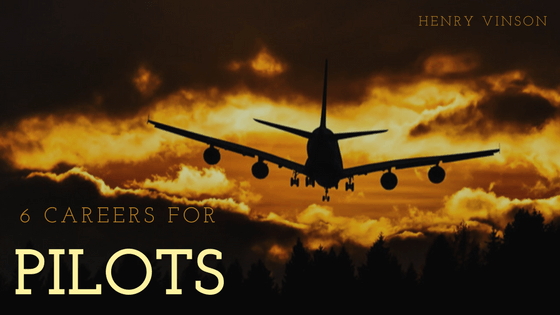Aircraft pilots fly both airplanes and helicopters. They perform tasks that include transporting passengers and cargo, testing aircraft types, and crop dusting. Pilots help local news stations by monitoring traffic and informing viewers and listeners of rescue efforts, traffic accidents, and traffic jams.
Some pilots assist firefighters as they extinguish fires or work with law enforcement officers to track criminals. Pilots become flight instructors who teach students with dual-controlled planes and simulators. Companies that inspect pipes, conduct tours, or transport executives and cargo, employ pilots.
Commercial Airplane Pilots
Many commercial airlines use two pilots. The captain has the most experience and has the primary responsibility for a flight. The co-pilot shares duties such as checking the overall condition of the aircraft before and after a trip. Older planes sometimes also require a flight engineer who operates controls and monitors instruments.
Test Pilots
There are airline, production, engineering and experimental test pilots. Engineering and experimental test pilots fly experimental aircraft to determine if the new design operates according to standards. They make improvement suggestions. Production test pilots fly new planes that came off the assembly line or airliners subjected to an overhaul to test for airworthiness before becoming available to customers.
Helicopter Pilots
Both private industry and the governments employ helicopter pilots. The area of work and the roles the pilots assume are quite diverse. Sometimes they are sent to remote areas. Some helicopter pilots work full-time. Others work by contractor or project. The work hours are irregular with both night and day shifts.
Fire Management Pilots
Aerial firefighters use helicopters and planes to contain wildfires. Duties include: dropping into areas only accessible by plane, distributing retardant and water, and transporting materials and fire crews. They work as smokejumpers or for helitack teams. While on the ground, smokejumpers and helitack crews contain fires as they dig fire lines that remove fuel from the blazing path.
Flight Instructors
Flight instructors teach students to fly in various settings that include live flight training, simulators, and textbook education. They teach aircraft flying basics and help students prepare for the written exam students take when applying for a pilot’s license. The training covers aerodynamics, radio operation, problem analysis, handling emergencies, operating procedures, and aircraft systems.
Airborne Law Enforcement Pilots
Most law enforcement agencies require pilots to have experience as a law enforcement agent or patrolman before they are eligible to be part of the air support unit. This type of pilot undergoes a great deal of professional achievement and training. A private pilot’s license and one to five years of patrol are typical requirements.

